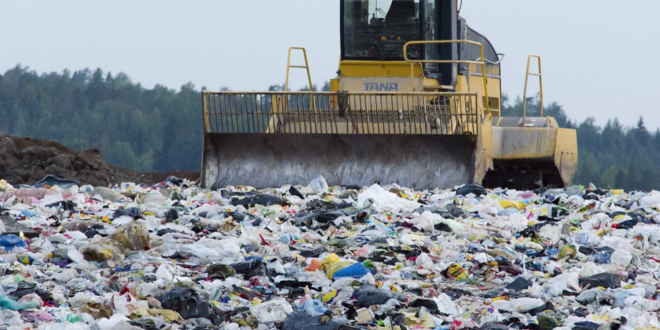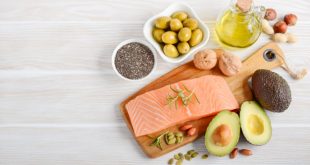By Annabelle Law
According to the senior director of the World Bank, nations across the globe together create 1.3 billion tons of waste annually. America alone generates 250 million tons of trash each year, as individuals contributing 4.4 pounds of waste daily. The waste that we produce is toxic to both us and the environment. Our everyday trash contains harmful chemicals, which have often gone unchecked in the disposal process. An example brought up by Toxics Action Center explains how BPA, a chemical known to be dangerous to humans, is commonly used in plastics and are poorly regulated. Plastics are regularly used in a variety of bottles, toys, etc. Furthermore, as there is a growing amount of waste, more of it is ending up in landfills and the ocean. Trash suffocates the marine life. Merely having landfills pollutes the air, poisons the natural resources we need, and directly contributes to climate change. This is a rising environmental issue that can be minimized by individuals taking responsibility for reducing their own toxic waste.
In order to lessen our own waste, we need to see what we throw away on a day to day basis. Assessing your trash with the 3 Rs – reuse, reduce, recycling – can aid in significantly cutting down on wasting. Another key idea is rethinking one time use trash. Think about the items you use only once then throw away. Paper plates, styrofoam cups, plastic forks, menstrual tampons, to-go containers, shampoo bottles, plastic grocery bags… The list goes on! By switching to reusable ware or containerless items, you can significantly cut down on trash.
To tackle these everyday problems, first do research. How can you substitute these one time use products? Simple solutions can start from saying no to one time use plastics, like plastic bags, straws, utensils, and containers. Bring your own! Another big contributor of waste is hygiene products. Avoiding plastic soap containers may seem difficult to do, but it can be easily solved. Try using solid soap or buy soap in a sustainable container. Another big issue that many do not realize is very unhealthy for the Earth is feminine products. Although pads and tampons are needed, they are immediately thrown away after it has served its use. Once such products enter the landfill, they take up to 800 years to decompose, as they are made of cotton and plastic. In fact, there are many sustainable and healthy substitutes for sanitary napkins and tampons. Alternatives include menstrual cups, reusable sanitary pads, and period underwear. At first glance, it may seem that buying containerless or reusable products are very costly. But by thinking long-term, you not only save money, but you also help to preserve our precious environment.
“Waste.” Toxics Action Center, toxicsaction.org/issues/waste/. Accessed 1 Aug. 2018.
Simmons, Ann. “The World’s Trash Crisis, and Why Many Americans Are Oblivious.” Los Angeles Times, Los Angeles Times, 22 Apr. 2016, www.latimes.com/world/global-development/la-fg-global-trash-20160422-20160421-snap-htmlstory.html#. Accessed 2 Aug. 2018.
 Tempus Magazine By Students, For Students
Tempus Magazine By Students, For Students 



